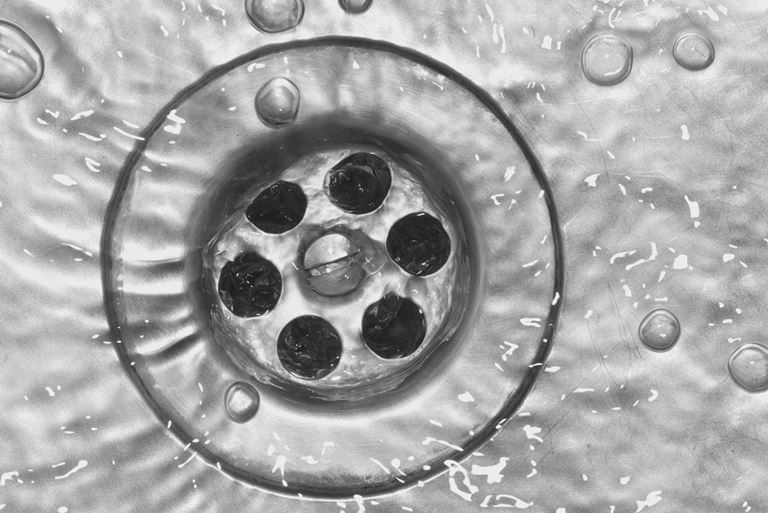


Whether it is a troublesome toilet, a backed-up basement, or a stagnant shower, help is here to get things flowing again. Clogged or slowly flowing drains are among the most common home maintenance chores.
The fact is we all depend on several drains functioning properly every day, so when a drain does begin to act up, it doesn’t take long to get to the top of the list. Not to mention most clogged drains are easily cleared with the proper tools, making this top-priority task one that is quickly crossed off.
Proper equipment is essential for maintaining and clearing household drains. Homes should own at least one plunger for that rainy day, and active families will find a drain auger of some size of great help as well. These tools are easy to use and dependable for getting the job done, and all of them cost far less than a single service call from a drain professional.
 Black & Decker The Complete Guide to PlumbingYou might not have to call a plumber; get the most comprehensive, up-to-date book on home plumbing for DIYers of all skill levels instead
Black & Decker The Complete Guide to PlumbingYou might not have to call a plumber; get the most comprehensive, up-to-date book on home plumbing for DIYers of all skill levels instead
 PermaFLOW Never-Clog DrainNever hassle with the tassle again.
PermaFLOW Never-Clog DrainNever hassle with the tassle again.
 Cobra Pistol Grip Power Drum AugerHigh impact polymer housing. Clears small to medium household drains
Cobra Pistol Grip Power Drum AugerHigh impact polymer housing. Clears small to medium household drains
Everything about unclogging floor drains, from the toughest job to the quickest maintenance
UncloggingDrains101.comWhen clogs form in bathroom sinks, showers, bathtubs, kitchen & utility sinks, or shop & laundry drains—then the preferred tool will be a drain auger.
UncloggingDrains101.comLearn how to use the common drain snake and be prepared to do-it-yourself when it comes to slow or stopped drains in the home
UncloggingDrains101.comSolve your clogged toilet problem today--Learn to unblock a toilet using a plunger, using a toilet snake, or using whatever is handy!
UncloggingDrains101.comEverything about unclogging floor drains, from the toughest job to the quickest maintenance
UncloggingDrains101.comWhich Household Drain Problems Can Be Handled Without Calling A Pro?
UncloggingDrains101.comSolve your clogged toilet problem today--Learn to unblock a toilet using a plunger, using a toilet snake, or using whatever is handy!
UncloggingDrains101.com